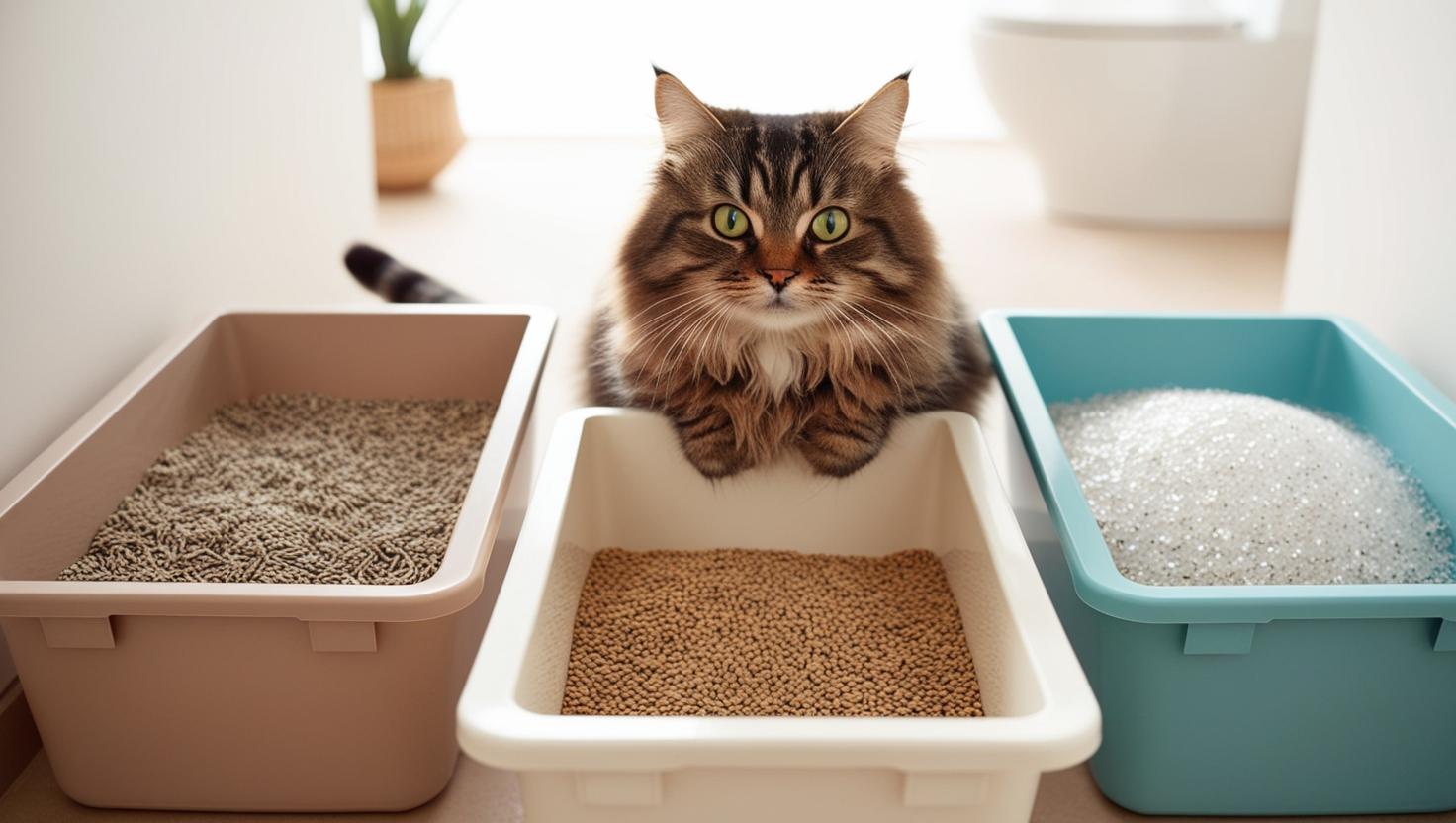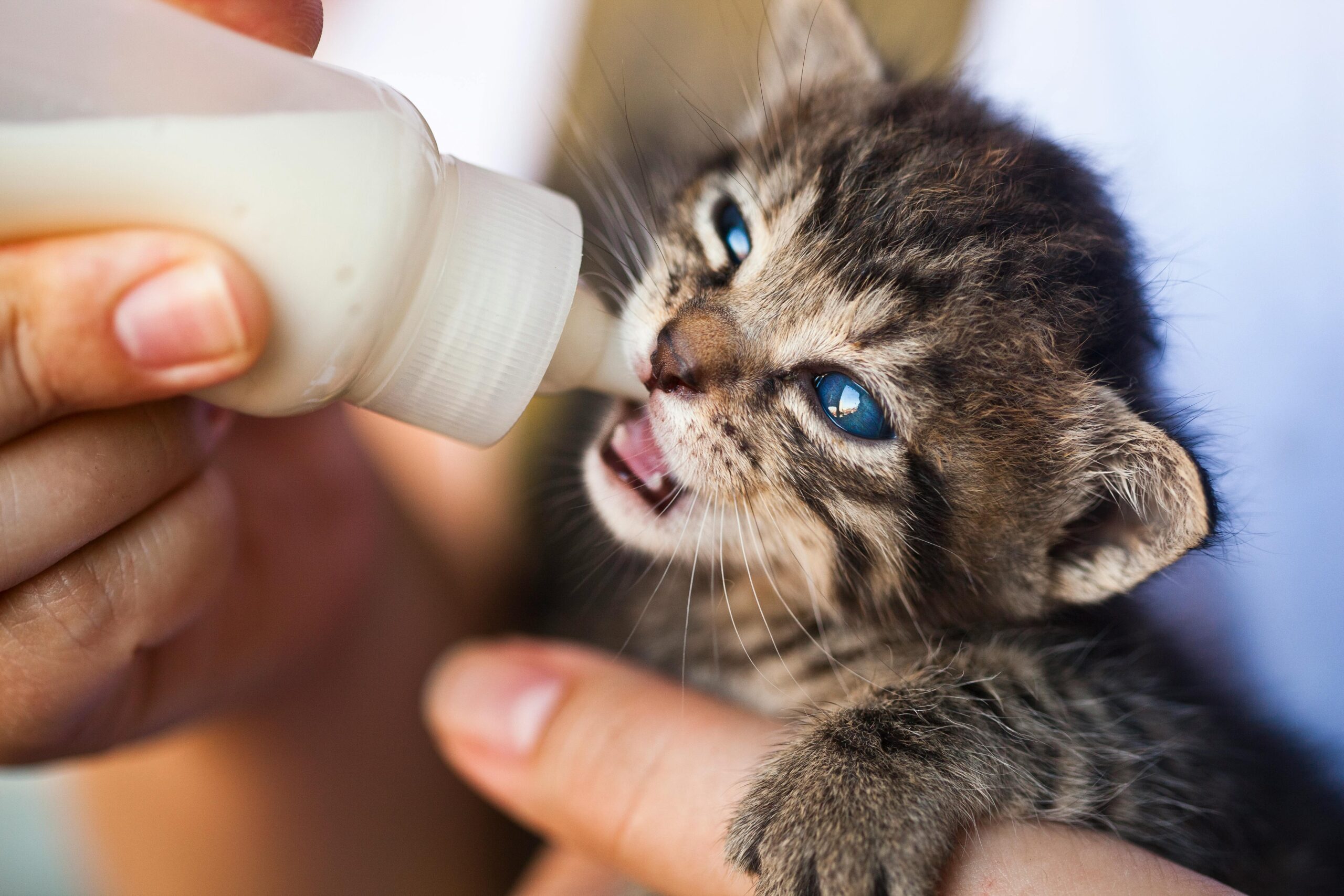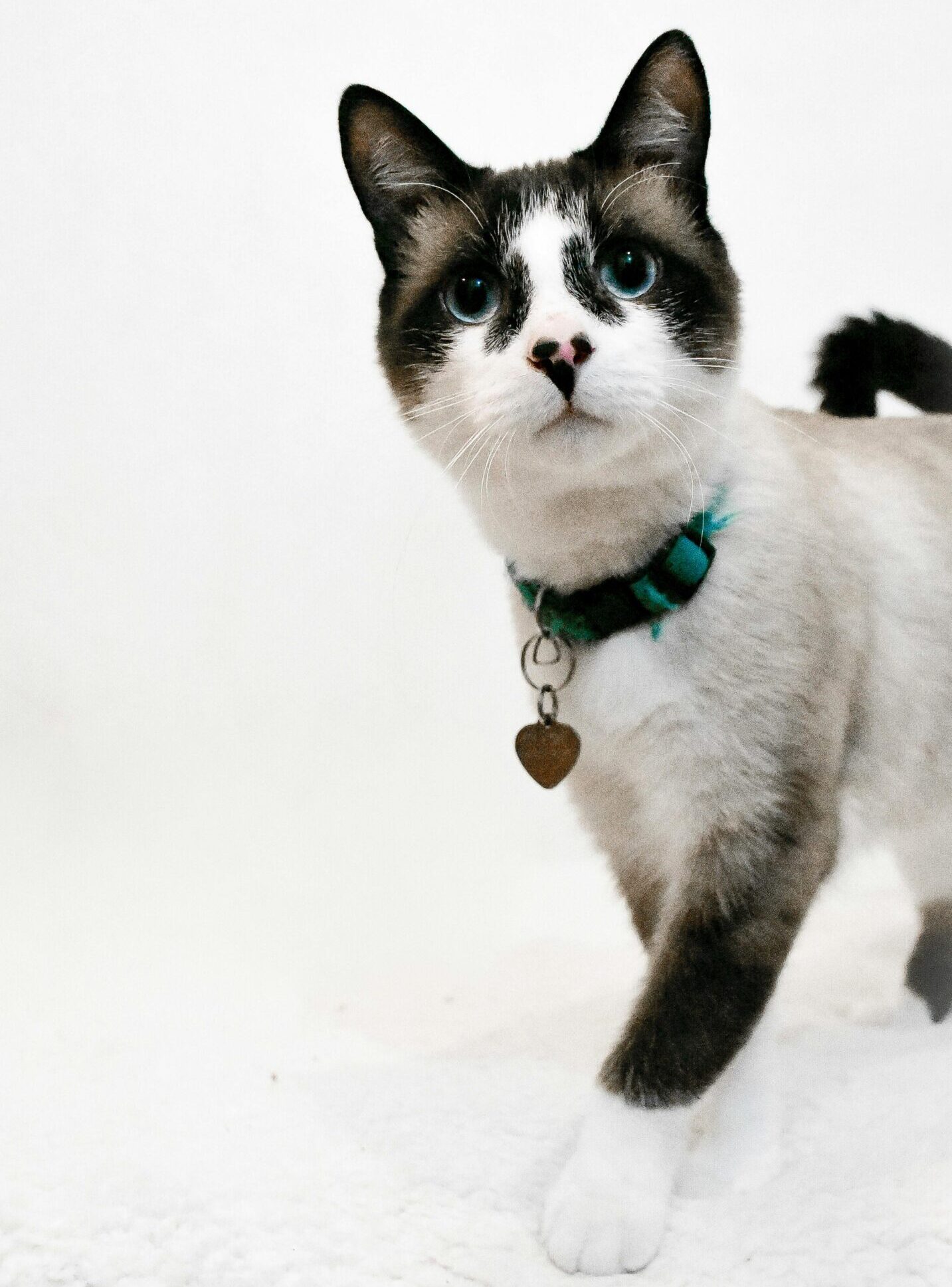Does It Really Matter What Type of Cat Litter You Use?
Choosing the kitty litter that your feline friend will do his business in probably doesn’t seem like a decision that should require much thought. However, you should put some thought into your choice. Using the wrong cat litter can lead to an uncomfortable bathroom experience for your cat and, possibly, them avoiding the litter box altogether.
Making a decision on the right cat litter can feel like a daunting task. With so many options available, it’s easy to get overwhelmed. However, understanding the different types of cat litter and their pros and cons can help you make an informed decision that suits both your cat’s needs and your lifestyle.
Table of Contents
Why Isn’t My Cat Using the Litter Box? It Might Be the Cat Litter.
If your cat isn’t using its litter box, it’s definitely a cause for concern. You should always consult with a veterinarian to rule out any serious issues, but it could come down to something as simple as the type of cat litter you’re using.
Reasons Your Cat Might Not Like A Type of Cat Litter
Texture Aversion
Cat paws are incredibly sensitive and allow cats to experience a wide range of sensations. They are packed with blood vessels and nerve endings that help them detect changes in texture, temperature, and pressure. A cats’ paws are crucial for their survival, enabling them to navigate their environment with precision. For example, they can feel vibrations through their paws, helping them locate prey or sense danger. However, this heightened sensitivity also means that certain textures, like some types of cat litters, can cause discomfort or even pain for some cats.
Many cats prefer a soft, sandy texture as it replicates what their desert-dwelling ancestors would have encountered. However, cats can be adaptable and may accept other textures of cat litter with minimal fuss.
Scent Aversion
A cat’s nose has an estimated 200 million olfactory receptors compared to 5 million found in humans. This translates to a sense of smell dramactically more powerful than ours. A cat can detect even the faintest of odors, helping them to identify food, locate prey, assess their environment for danger, and even communicate with other cats through scent markings.
Cats’ super-smelling abilities can also influence their litter box preferences. Some types of cat litters contain perfumes or deodorizers, and these scents can be overwhelming and even unpleasant for some cats. They may avoid using the litter box if they find the odor too strong or irritating, potentially leading to litter box avoidance issues.
Types of Cat Litter to Consider
1. Clay Litter
Clay cat litter is exactly what it sounds like — clay. The non-clumping form is generally made from calcium montmorillonite and clumping version is typically sodium bentonite. Both clays are crushed into small granules, dried, and may have odor-controlling chemicals added.
Clay cat litter is known for its superior odor and moisture absorption, affordability, and clumping abilities. It aslo has the sandy texture that cats accept quite readily. For all of its benefits, clay litter has its downsides. For one, it is notoriously dusty, which means you can expect tracking throughout your home. The dust could also aggravate respiratory issues for kitties and humans alike. Secondly, clay litter can be quite heavy, so it can be difficult for some people to manage when transporting or cleaning the litter box. Lastly, the mining required to manufacture the litter as well as disposal of used clay cat litter can be detrimental to the environment.
- Pros: Highly absorbent, effective at controlling odors, and generally affordable.
- Cons: Can be dusty, track easily, and may clump together into heavy clumps, not environmentally friendly
- Types:
- Scoopable Clay: The most common type, forming hard clumps that are easy to remove.
- Non-Scoopable Clay: Less expensive but requires daily complete litter box changes.
2. Silica Gel Litter

There are two types of silica-based cat litter: Crystalline silica and amorphous silica gel.
- Crystalline silica: Found in some low-quality clay cat litters and may have cancer-causing agents. The dust present with crystalline silica can cause harm when ingested or inhaled.
- Amorphous silica gel: Unlike crystalline silica which is mined, amorphous silica gel is produced through chemical processes. It is thought to have the potential to cause respiratory irritation, but is considered a much safer alternative to crystalline silica.
Here, we will be discussing amorphous silica gel, or crystal cat litter, as crystalline silica is typically found in clay litters. Crystal cat litter is a popular choice because it is non-toxic, long-lasting due to high absorbency, and is excellent for odor control. Also, crystal litter is easy to maintain because after scooping solids, the litter only needs to be stirred to distribute saturated crystals. Another benefit is that crystal litter is much less susceptible to mold and helps to maintain a more sanitary litter box environment.
On the other hand, this type of litter can be expensive compared to other options. It has a harder texture that kitty may not appreciate and can even make an unsettling popping sound during use. It is not biodegradable which can negatively impact the environment. While crystal litter may produce less dust than clay litter, it can break down over time and create more dust and more likelihood of tracking. Lastly, many crystal litters have chemical additives meant to add color or deodorize.
- Pros: Highly absorbent, excellent odor control, lightweight, non-toxic, and less dust.
- Cons: Can be expensive, may have chemical additives, can break down and become more dusty, and can be noisy when cats walk on it.
3. Paper Pellet Litter

Because paper pellet cat litter is made from recycled paper products, it is a good option for the envrionment. The manufacturing process involves shredding the paper and then compressing it into small, absorbent pellets. This type of cat litter is highly absorbent, controlling odors effectively.3 It is also low-dust, making it suitable for cats with respiratory sensitivities and reducing tracking around the house.4 Additionally, paper pellet litter is biodegradable. Although I do not recommend it, some say that it is flushable making for convenient disposal. Risks of flushing paper litter (or any litter) include potential damage to your plumbing system and water supply contamination. I strongly recommend doing your own research to determine if flushing paper pellet litter is the right option for you.
While paper pellet cat litter offers eco-friendly benefits, it also has some drawbacks. Firstly, it’s generally more expensive than traditional clay litter. Secondly, the non-clumping nature of paper pellets can make it more difficult to scoop and remove waste efficiently. This can lead to increased litter box maintenance and potentially more frequent full litter box changes. Additionally, some cats may dislike the texture or scent of paper pellet litter, leading to litter box avoidance.
- Pros: Made from recycled paper, highly absorbent, dust-free, biodegradable, and gentle on paws.
- Cons: Can be less effective at odor control than clay or silica gel, and may not clump as well.
4. Corn-Based Litter

Corn cat litter is made from dried and processed corn cobs. It’s a popular choice among cat owners due to its natural and biodegradable nature. Corn litter is known for its excellent odor control, as it effectively absorbs moisture and neutralizes odors. It’s also generally low-dust, making it a good option for households with allergy sufferers. Many brands of corn litter are flushable, which can be convenient for disposal. Please do your own before flushing litter.
However, corn cat litter also has some drawbacks. It can be more expensive than traditional clay litter. Some cats may dislike the texture or scent of corn litter, potentially leading to litter box avoidance. Additionally, while generally low-dust, some brands may still produce a small amount of dust. Finally, corn litter may attract insects like weevils, especially in humid environments.
- Pros: Biodegradable, flushable (check your local regulations), and made from a renewable resource.
- Cons: Can be dusty, less absorbent than clay or silica gel, and may attract pests.
5. Wheat-Based Litter

Wheat-based cat litter is a natural alternative made from processed wheat. It’s typically produced by grinding wheat into a fine powder and then compressing it into small pellets or granules. This type of litter is known for its excellent odor control due to the natural deodorizing properties of wheat. It’s also generally low-dust, which can be beneficial for cats with respiratory sensitivities and helps keep your home cleaner. Wheat litter is often considered environmentally friendly as it’s biodegradable and can sometimes be flushed down the toilet (though always check with local regulations first).
However, wheat-based litter also has some drawbacks. It can be more expensive than traditional clay litter. Some cats may dislike the texture or scent of wheat, leading to litter box avoidance. Additionally, while generally low-dust, some wheat litters can still produce a small amount of dust. Finally, the clumping ability of wheat litter can vary depending on the brand, and some may not clump as effectively as clay-based options, making them more difficult to scoop and clean.
- Pros: Biodegradable, flushable (check your local regulations), and often scented with pleasant natural aromas.
- Cons: Can be dusty, may not clump well, and may attract pests.
Tips for Choosing the Best Litter:
- Consider your cat’s preferences: Some cats are picky about litter texture and scent.
- Prioritize odor control: Choose a litter that effectively neutralizes odors, especially if you have multiple cats or live in a small space.
- Think about dust: If you or your cat have allergies, opt for dust-free options like silica gel or paper pellet litter.
- Consider your budget: Litter costs can vary significantly.
- Check for tracking: Some litters are more prone to tracking than others.
- Test different options: Try a small bag of a few different litters to see which your cat prefers.



